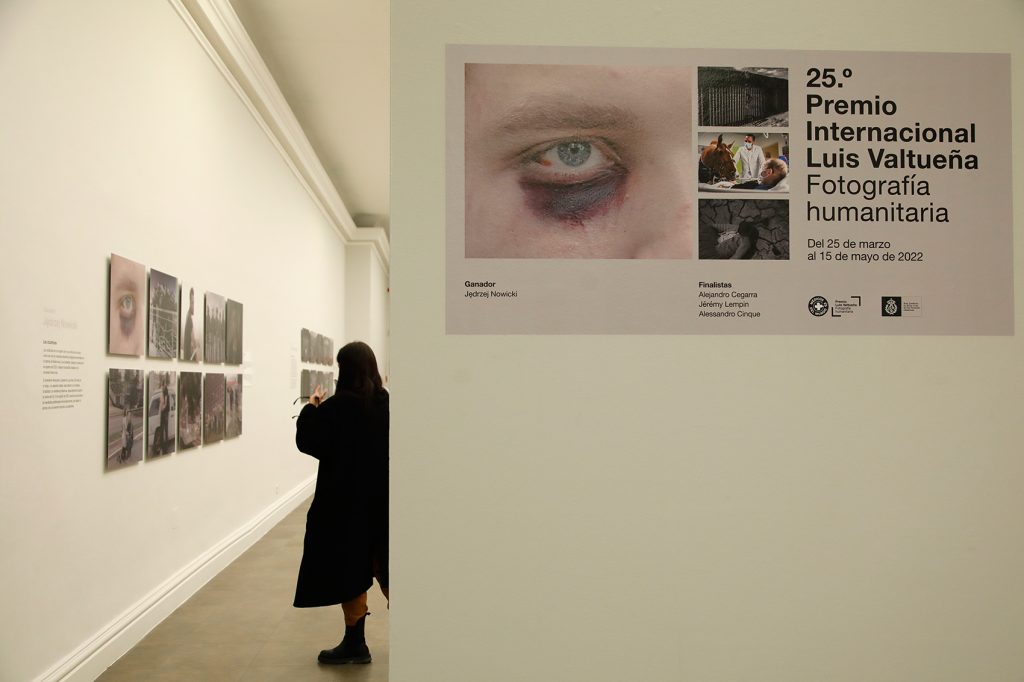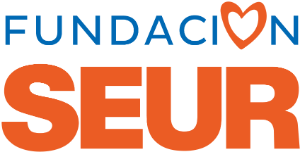Now, more than ever, it is essential to highlight the necessary role that journalists and photographers are taking in humanitarian contexts. Professionals working in Ukraine, Afghanistan or the Democratic Republic of Congo, among a long list of others, bring us closer to more complex realities through pictures and words in order to make society more sensitive and fair. Thant’s what Médicos del Mundo has been doing for a quarter century through the Luis Valtueña International Humanitarian Photography Award: raise awareness and shine a light on humanitarian crisis and conflicts throughout the world.
Calcografía Nacional, at the Real Academia de Bellas Artes de San Fernando in Madrid, hosts one of the most prestigious exhibits in our country, that this year reaches its 25th edition and brings us closer to different current affairs through the beauty, simpleness and strength of images. Starting with citizen’s uprising in Belarus and all through the effects of mining in peruvian communities, the journey thousands of people take seeking refuge in America and intensive care. From local to international and viceversa, the XXV exhibition of this international award portrays such foreign and complex realities because it is imperative to understand what happens in the other side of the globe in a globalized society.
The exhibit, that can be visited for free until may 25th, portrays the repression of the 2020 protests in Belarus against President Lukashenko’s regime. The winner entry of this year’s edition, titled The Scars, by the polish photographer Jędrzej Nowicki, deals with physical and psychological wounds inflicted on hundreds of people and, at the same time, speaks of scars that deepen the social division of a country. The author’s passion for documenting what happens in that end of the world took him to Ukraine to cover the current armed conflict.
The jury praised its innovative graphic approach to the conflict and the different edges it explores, avoiding the obvious, and brilliant editing, which gives even more strength to the message. This made Nowicki this years winner and earned him a prize of 6.000 euros and Q2 Leica Camera, thanks to this year’s sponsor Leica Camera Iberia.
“We had to be un Rwanda, it was crucial to be in Sierra Leone and, today, it is necessary to have presence in Ukraine. Humanitarian photography is the most important weapon we have in any conflict” Nieves Turienzo, President of Médicos del Mundo, pointed out.
A journey in 40 pictures
“Knowing that the issues faced by indigenous communities will be seen in this country and others thanks to my work, makes me proud” said Alessandro Cinque, finalist of the XXV International Award for Humanitarian Photography Luis Valtueña, while receiving the recognition at Calcografía Nacional.
His entry, Peru, a Toxic State, shows the consequences of mining on the environment and indigenous communities in the country, the primary producer of gold, silver, and lead in Latin America. It is a 20.000 km journey through 35 mining communities that shows the impact of a government that violates the rights of indigenous people for a profit.
From Peru, we head to Mexico, to observe the drama that migrants are living in the border with the United States, thanks to venezuelan photographer, Alejandro Cegarra, also a finalist with his entry, The two walls. The United States, through it’s asylum policies, and Mexico as a participant, are building a new wall the crushes asylum seekers rights.
Doctor Peyo and Mister Hassen, the last finalist entry from French photographer Jérémy Lempin, is also present on the exhibit. It tells the fresh story of a competition horse turned “therapist” for seriously ill people.
The award
Médicos del Mundo grants The International Award for Humanitarian Photography since 1997 as a way to recognize the work of photojournalists who, through their work, denounce the reality of vulnerable communities who are subjected to injustice and human rights violations throughout the world. This year, 808 candidates sent their entries for consideration, which marked a record of over 100 more than last year’s.
This award is named after four humanitarian workers who were killed in Bosnia and Rwanda during the nineties: Luis Valtueña, Manuel Madrazo, Flors Sirera and Mercedes Navarro.




